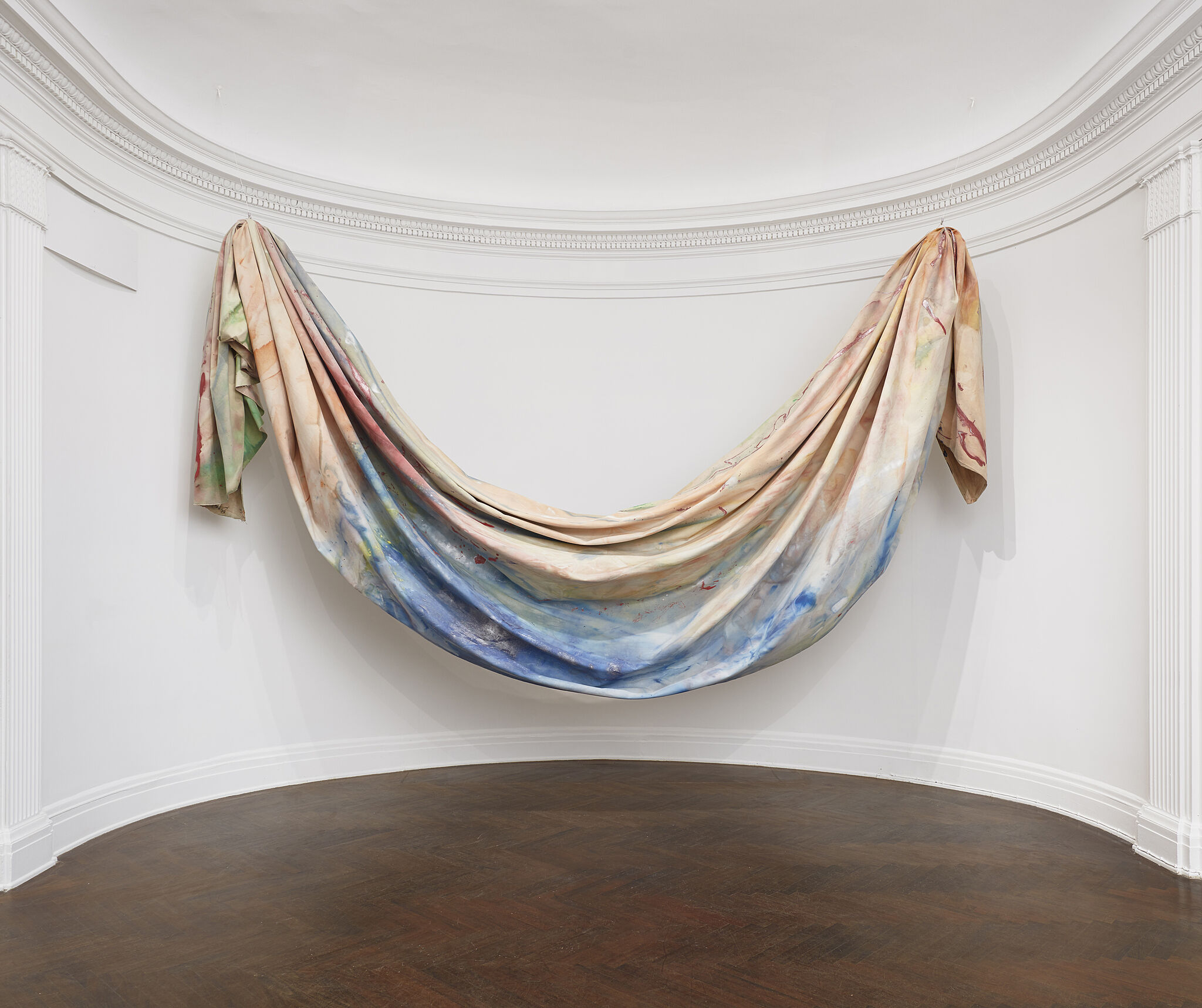Spilling Over: Painting Color in the 1960s | Art & Artists
Mar 29–Aug 18, 2019
Spilling Over: Painting Color in the 1960s | Art & Artists
Sam Gilliam
6
Beginning in the early 1960s, Sam Gilliam chose to pour paint directly onto canvas. In 1968, with works like Bow Form Construction, Gilliam’s experiments with staining and folding canvas evolved into a series of draped paintings.
At the time, members of the Black Arts Movement were calling for African American artists to work in a figurative mode. They argued that Black artists should create meaningful and powerful depictions of people who historically had been denied them. In response, Gilliam said, “Figurative art doesn’t represent Blackness any more than a non-narrative media oriented kind of painting, like what I do.” His adoption of abstraction was less a rejection of the Black Arts Movement, though, than an avowal that other forms of making were equally relevant.

